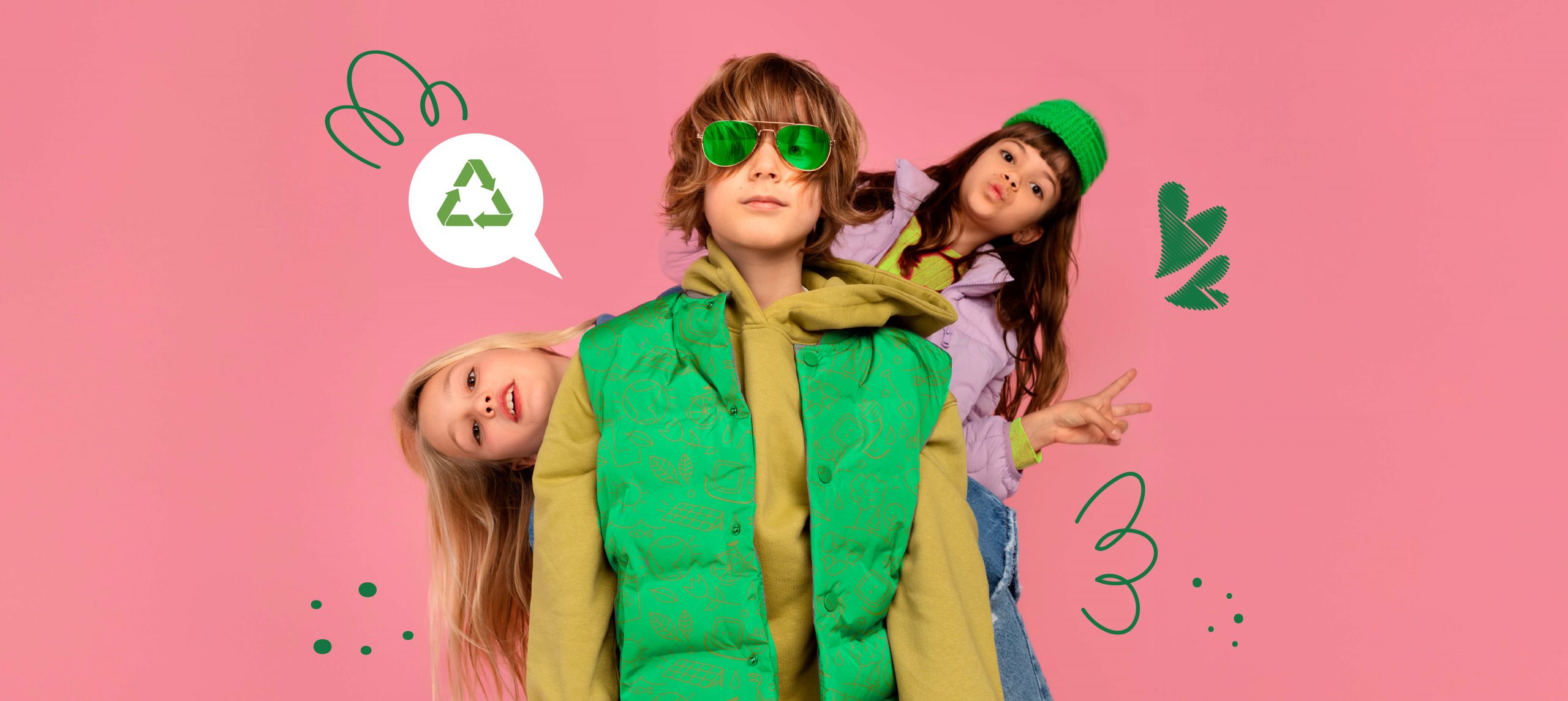
Fashion has always been a powerful cultural and social vehicle, capable of representing identity, status, and values. Today, however, it is increasingly at the center of a crucial debate: that of environmental and social sustainability. Numerous studies show how the clothing sector, in particular fast fashion, has a negative impact on the environment and on working conditions along production chains. According to the report “The dark side of fashion by Humana People to People Italia, despite the growing awareness of these issues, in our country the fast fashion market continues to expand, especially among the youngest.
Sustainable fashion: young consumers push for change
In recent years, the topic of “sustainable fashion among youngsters” has taken a central role in public debate. According to the “2024 Gen Z and Millennial Survey” by Deloitte and “The Value of Environmental and Economic Sustainability for very young people” by the Museum of Saving, the new generations are increasingly attentive to the environment and declare they want to make choices consistent with their values. Many young people say they are willing to give up fast fashion, high environmental impact jobs, and even frequent travel, in order to contribute to the sustainability of the planet. At the same time, interest is growing in second-hand and vintage: digital apps and platforms for exchanging or selling used clothing are becoming points of reference for those seeking a more ethical approach to consumption. Shops and markets for the purchase or exchange of second-hand items are appearing almost everywhere, a sign of growing attention to sustainability and the circular economy.
The gap between values and behaviors remains
Despite these intentions, the actual behaviors of younger consumers do not always align with their values. A study conducted by Grins in collaboration with Opinione Net highlighted how many teenagers and young adults continue to turn to major fast fashion brands for economic, fashion-related, or accessibility reasons.
An academic study published in the journal Young Consumers — a peer-reviewed publication dedicated to the behavior of young consumers — confirms this discrepancy: young people are often influenced by social pressures, digital marketing, and limited financial resources, factors that lead them to make purchases that are not always sustainable.
It must be said that if young people received good financial education teaching them the correct and responsible use of money, together with the development of critical thinking and greater awareness of the importance of their role as consumers, they would be able to identify clear goals for their growth, plan a path to achieve them, and be less influenced by external pressures, whether from their group of friends or their work environment, because they would be focused on building their future.
Sustainable alternativesexist
Promoting sustainable fashion among young people also means guiding them towards accessible tools and solutions. Here are some good practices and ideas that can make a difference in everyday life:
- Look for second-hand shops or markets, increasingly numerous, in your city;
- Use apps and digital tools to buy or sell second-hand clothes online;
- Choose brands that are transparent about their production chains;
- Prefer purchasing quality garments that last longer.
A moment to reflect, together
To delve deeper into these topics, promote a more responsible fashion culture and encourage constructive dialogue, the Museum of Saving is dedicating a special meeting in the SAVE TALKS series – The Ambassadors of Change – to the theme of conscious clothing. The online event “Sustainability in the Latest Fashion”, dedicated to teachers and high schools and open to anyone wishing to explore the subject, will be held on May 5 at 11:00 a.m. as part of the Festival of Sustainable Development and will be an opportunity to explore how it is possible to reconcile style, values, and savings, even in the wardrobe.
Want to explore more topics related to sustainability and mindful saving? Listen to the podcast dedicated to fast fashion at:
https://www.museodelrisparmio.it/mica-solo-parole/ and keep following the blog of the Museum of Saving.
April 23, 2025
